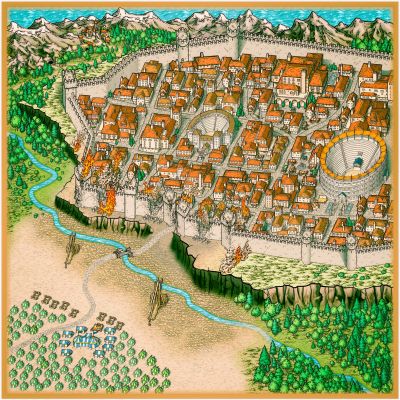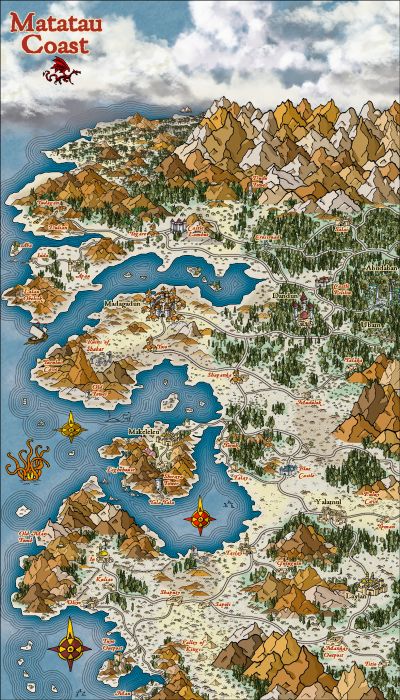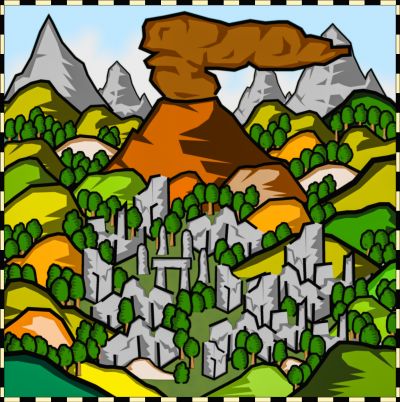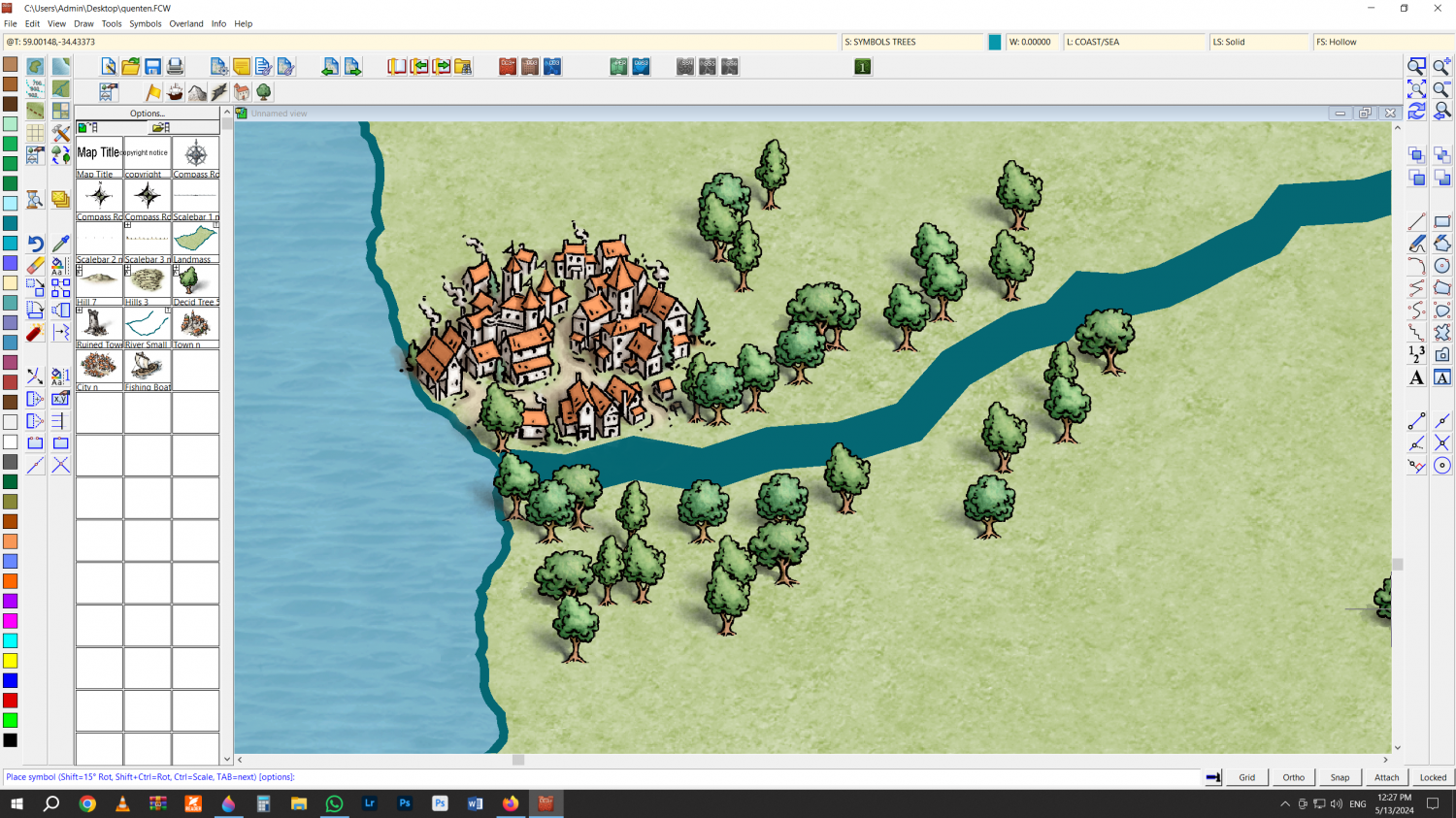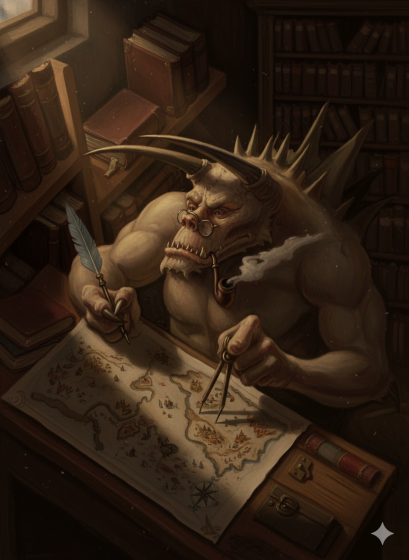
Ricko
Ricko
About
- Username
- Ricko
- Joined
- Visits
- 6,705
- Last Active
- Roles
- Member
- Points
- 10,519
- Birthday
- February 7, 1977
- Location
- merlo san luis argentina
- Rank
- Mapmaker
- Badges
- 22
Reactions
-
Tutorial - Between hills, rivers and trees
-
Tutorial - Between hills, rivers and trees
-
Tutorial - Between hills, rivers and trees
-
Tutorial - Between hills, rivers and trees
hey @Royal Scribe I shared other information, also using the Mike Schley style, maybe some of it could be useful in your next venture.
-
Tutorial - Between hills, rivers and trees


